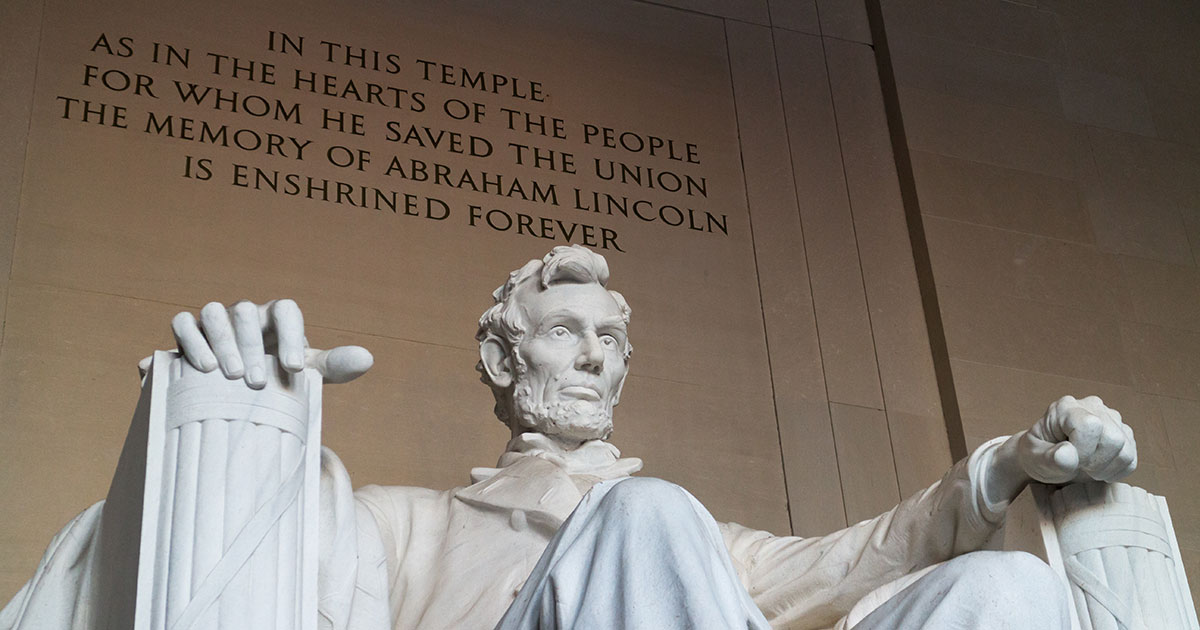Biotech in Two of America's Most Storied Cities
The history of the United States is written along the streets of Boston and Washington, D.C., but the two cities are also home to two of the largest bioclusters in the country.

There are few cities in the United States with more history than Boston and Washington, D.C.
Boston was founded in 1630 and became the birthplace of the American Revolution, as well as home to a host of the nation's founding fathers, including President John Adams, Benjamin Franklin, and Samuel Adams. Washington, D.C. was established in 1790 to become the nation’s capital and is where some of the country's most extensive historical museums are located.
Both cities are steeped with history, but they also have become two of the nation's largest hubs for biotechnology. Genetic Engineering & Biotechnology News ranked Boston as the top biopharma cluster in the country, while the Capital Region — which includes D.C., southern Maryland and Northern Virginia — was ranked fourth largest in the country.
Northwestern Engineering's Master of Biotechnology Program (MBP) is highlighting a collection of the biggest bioclusters in the country and talking with alumni who work in the cities to understand what makes them a hotbed for biotech and what differentiates the city from anywhere else in the country.
San Francisco, Seattle, and Chicago were already featured. Now it's time to put the spotlight on Boston and Washington, D.C.
Boston earned its rank as the top biopharma cluster in the United States because it received more funding from the National Institutes of Health (NIH) than any other city, and because it has more devoted lab space than anywhere else in the country.
"Boston has something for everyone," said Aaron Love (MBP '13), who is a senior scientist at Manus Bio. "There is a lot of innovation going on, and the proximity to great universities brings a lot of collaboration and access to useful resources. That is juxtaposed with a rich history harboring some of our nation's oldest sites and artifacts, so it's a fun mix of the old and the new."
A mix of old and new is a great way to describe Washington, D.C. and the Capital Region. Just outside of the city’s historic downtown is the larger Capital Region, home to the NIH and the U.S. Food and Drug Administration, as well as a host of major biotech and pharmaceutical companies, including AstraZeneca, Novavax, and Johnson & Johnson.
The District is home to more than just history and sciences, as Ryan Mayers (MBP '20) discovered. Mayers previously was a fellow at the NIH, and he currently is pursuing his PhD at the University of Maryland School of Medicine.
"There's a constant flow of people in the area to work in a variety of fields, and the city reflects that," Mayers said. "The restaurant and nightlife scenes are fantastic, it's very accessible on foot and by public transportation, and there's a huge amount of free entertainment. It's also a diverse city in a great location — it's so easy to get to Philadelphia, New York City, or national parks like Shenandoah for a day or weekend."
Learn more about D.C. and Boston, as well as some of the country's other biggest bioclusters by visiting the Careers section of the MBP website.

